I’m currently working with Lumix to try out their 4K photography. I’ve managed to get hold of a retro looking Lumix TZ80 with an impressive range of features. Some of my favourites include the super-zoom, great auto focus, smooth WiFi capabilities and a touch screen. Although the camera’s packed with a range of useful innovative touches such as the very impressive post-focusing feature, I was tasked with trying out the camera’s 4K photography ability.
Whilst I’d heard of 4K video before, I wasn’t quite sure what 4K photo was all about. If you’re new to it too and have questions that aren’t cover here, let me know in the comments.
What’s This 4K Photography Then?
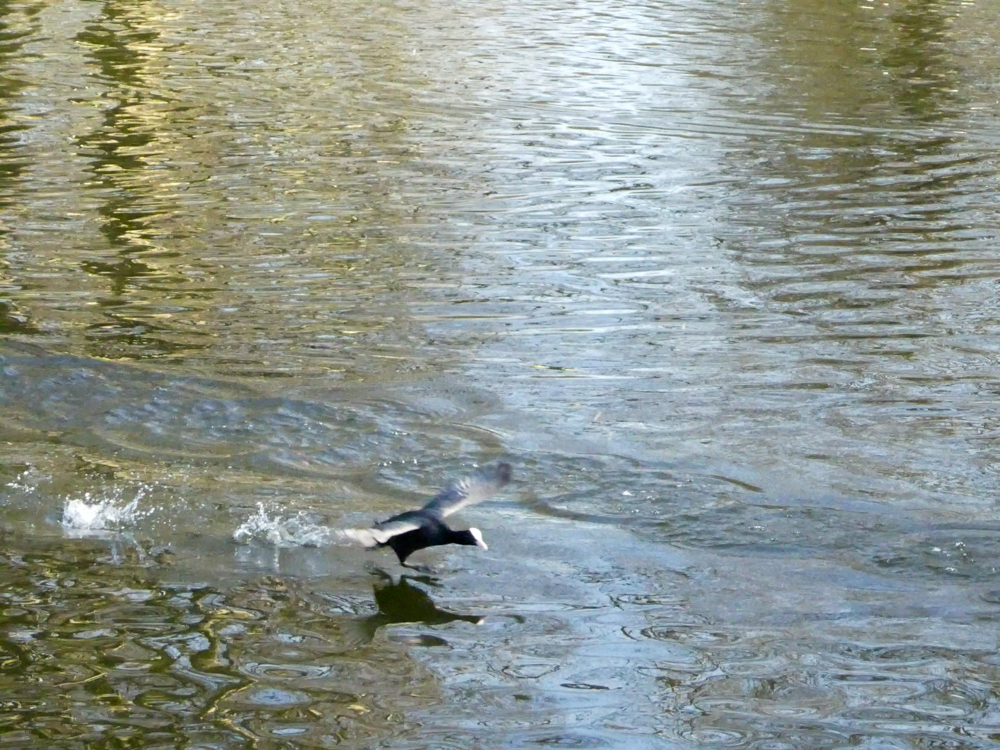
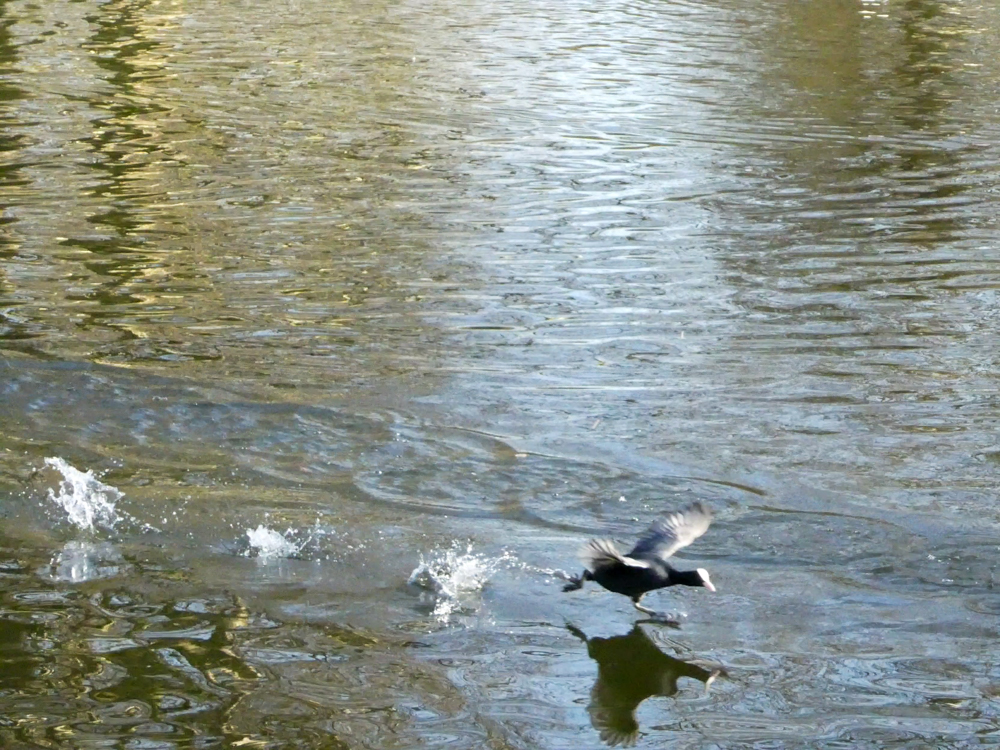
Well, if you’re not familiar with 4K photography, let me give you the brief low-down! 4K photography is essentially taking a frame from 4K video footage and using that as a photo. It’s really useful in the following scenarios:
- Taking selfies – Movement/Jumping, generally active selfies are easy with 4K Photo.
- Group Shots – Too many people moving in your group photo? Just record then choose the right frame!
- Fast Paced Sports – Sometimes it can be near impossible to capture fast paced sports like F1, but by recording the footage and browsing through the frames you can easily freeze the perfect speedy shot!
- Fast close ups – Sometimes hard to get kids to sit still for a photo, the task is much easier with 4K Photography!
- Wildlife – Wildlife can be pretty difficult to capture but with 4K you can slow every little detail down and capture details you would usually miss in the blink of an eye.
Previously, if say… you took a video and wanted to go back and grab a frame as a stand alone still image you could with HD video. The problem, the quality of the image was pretty poor. With 4K video you can grab a still image and the 8 megapixel quality is so good that would make a decent print. That’s the advantage of 4K photography.


Lumix have taken the 4K photography a step even further with its “4K Photo” mode. This mode gives you the ability to record 4K video then jump right in and select the exact frames you want to save as high-quality photos. All from the camera itself.
How Easy Is 4K Photography?
The task of planning and taking 4K photos is a little different to shooting with your standard camera. You’re not waiting for the exact moment before clicking the shutter with 4K Photo, but recording a scene by pressing the shutter down to start recording and then a second time to stop recording. To save an image you then browse through the frames of the footage on the camera and choose the shots you want.
This means that you find yourself thinking slightly differently about what and when you’re going to shoot. It’s a slight learning curve and I’m certainly no expert, it’s taken me a little while to understand what makes a great 4K Photo shot.
How Have I Been Using It?
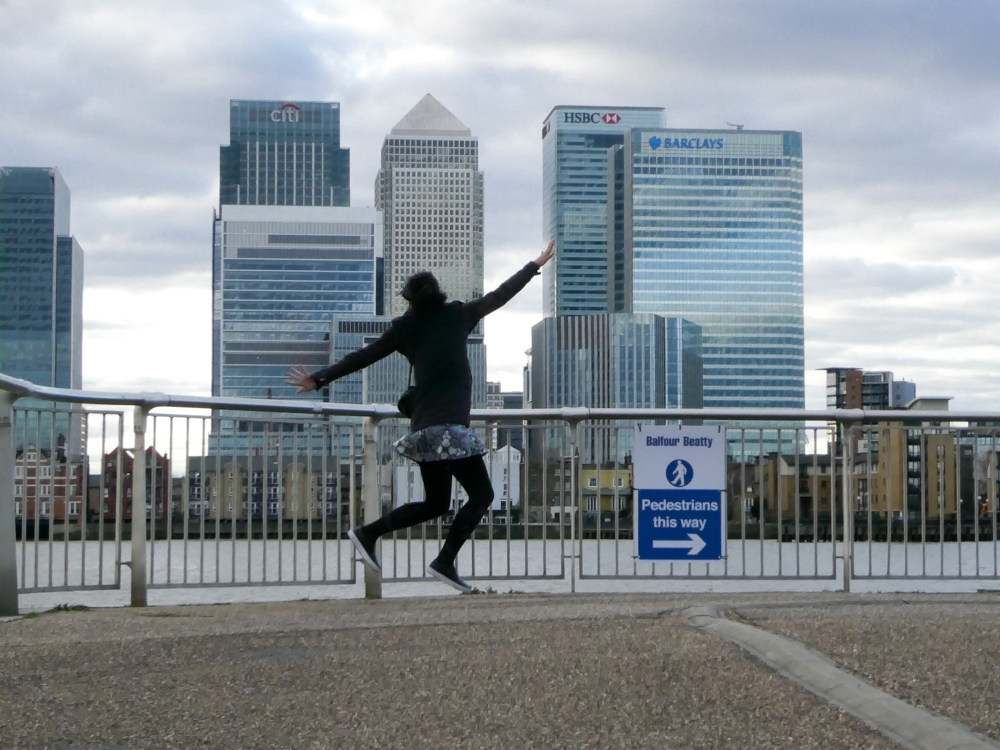
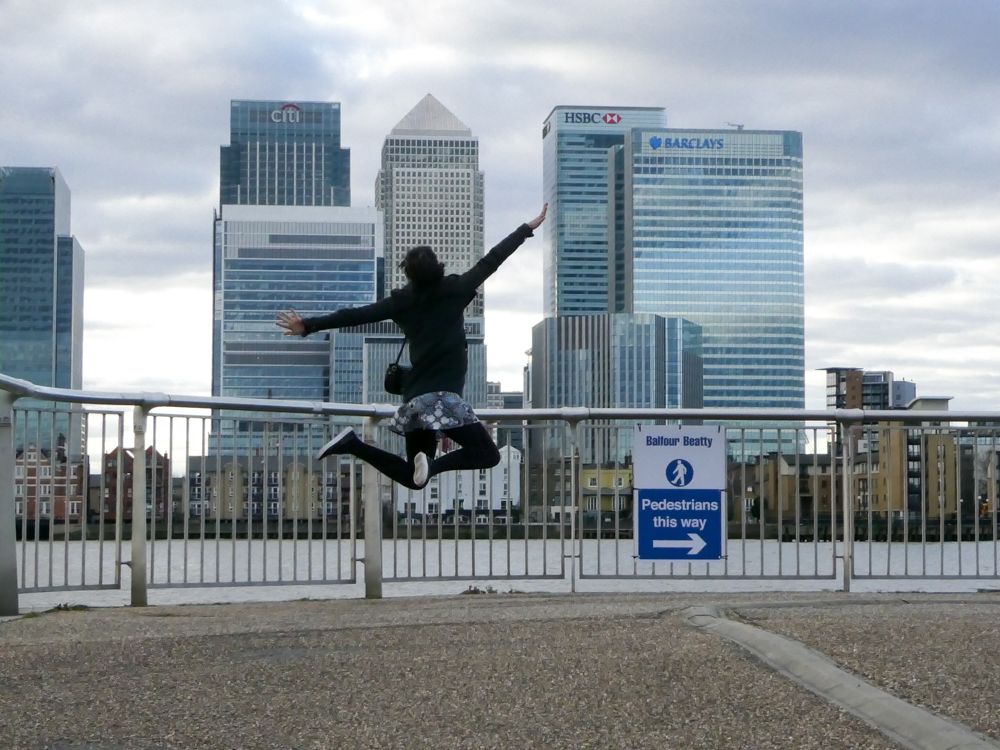
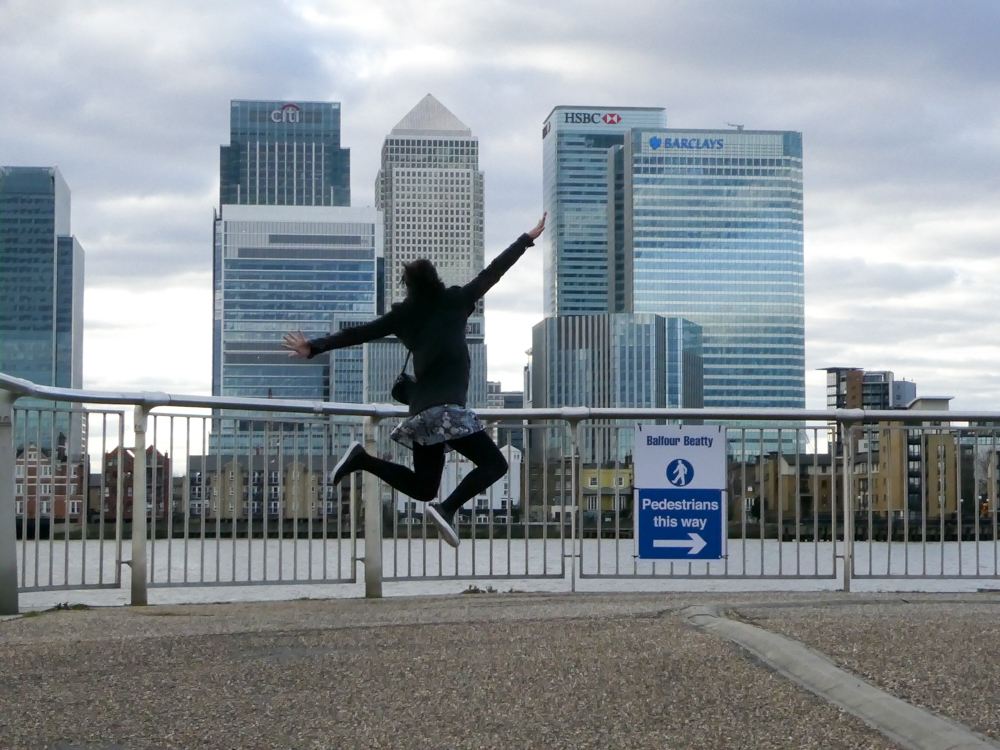
I’ve been dashing around London taking 4K photos here, there, and everywhere. What I’ve found is, that 4K photography isn’t so much about snapping photos of London’s speeding black cabs, famous red Routemaster buses or even Borris bikes, as they’re far too slow! It’s just too easy to capture these types of subjects. You have to go for faster, more detailed subjects.
4K photography is for capturing those rapid details that you’d struggle to shoot in such high quality with a standard shot. From dog’s shaking water off themselves, swans flapping, ducks landing to details of water splashes, balloons popping and fire, 4K photography can capture these lightening quick moments with ease. With a couple of clicks or taps on the touch screen you can review each frame of the video and save the perfect high-quality 4K shot as an image.
The possibilities are endless!
Have you tried 4K Photography yet? What did you think?
Let me know in the comments!
Disclosure – The Lumix TZ80 was provided by Panasonic Lumix. As always, TravMonkey maintains full editorial control of the content published on the site.






